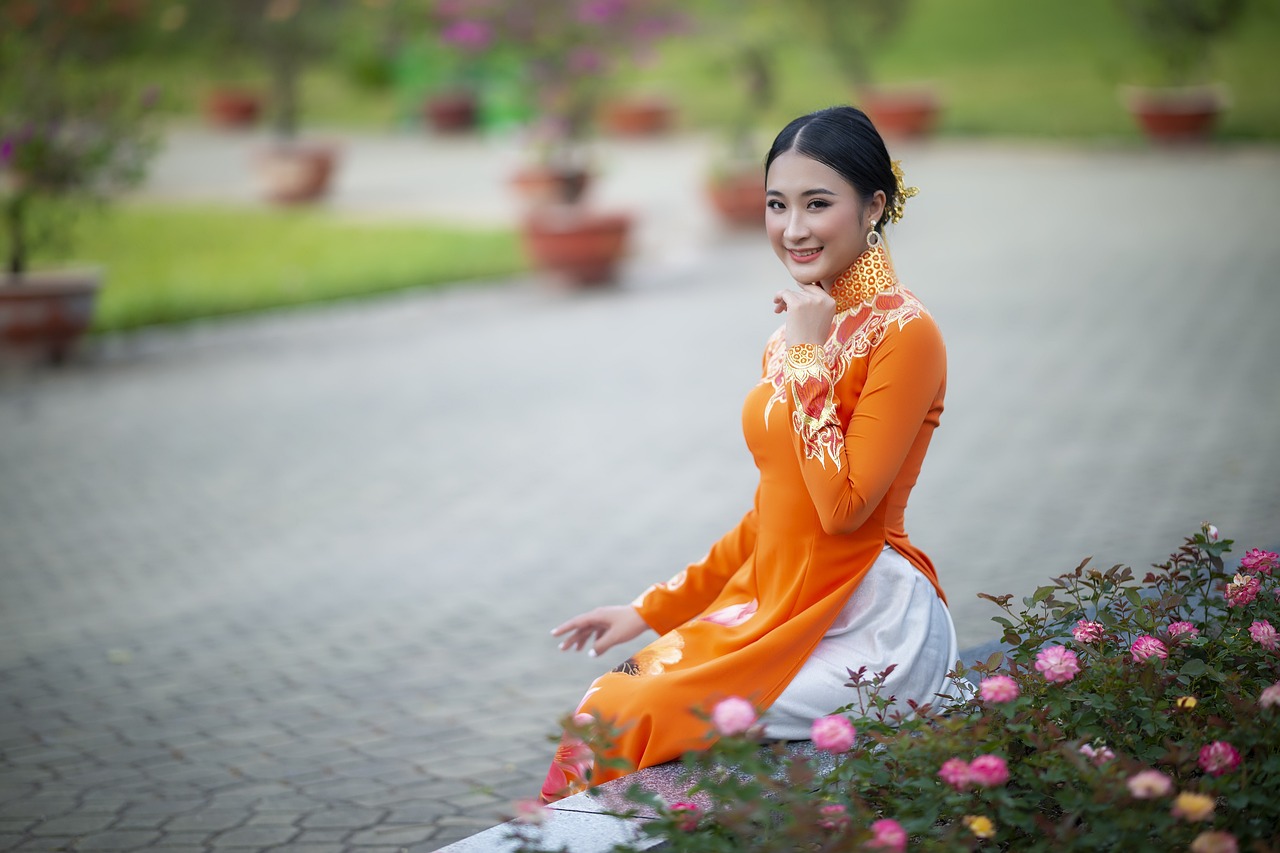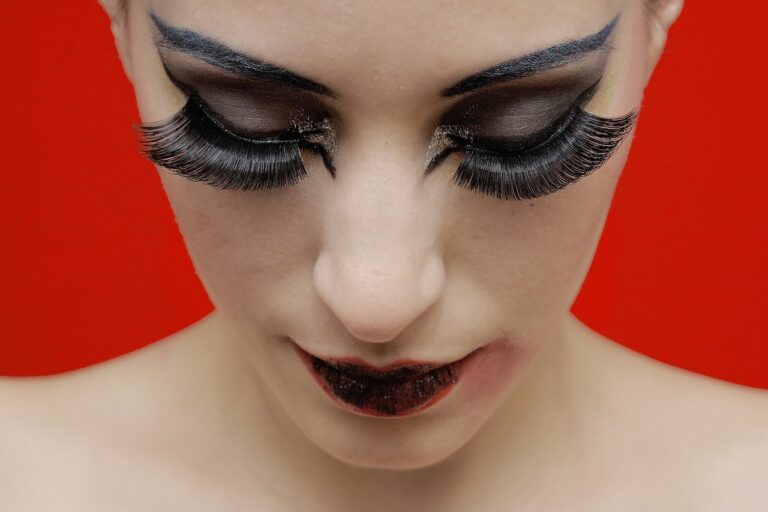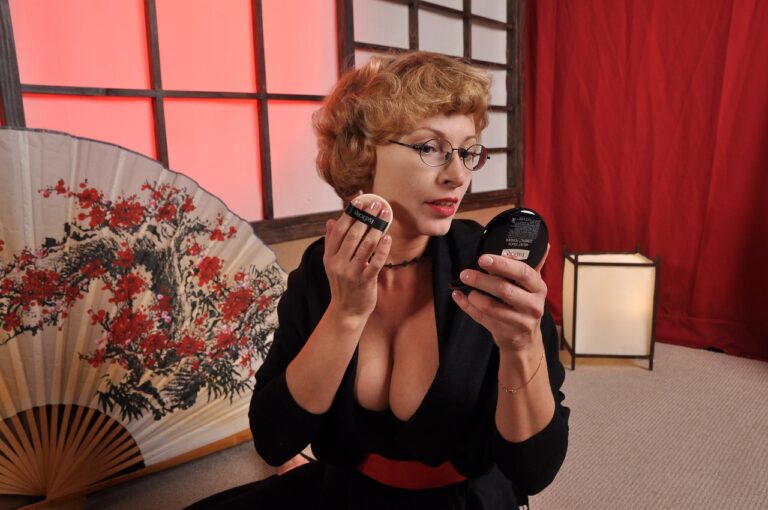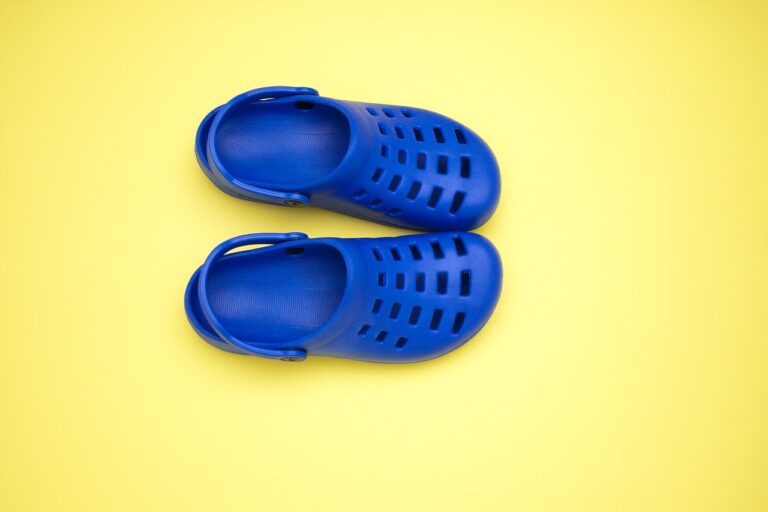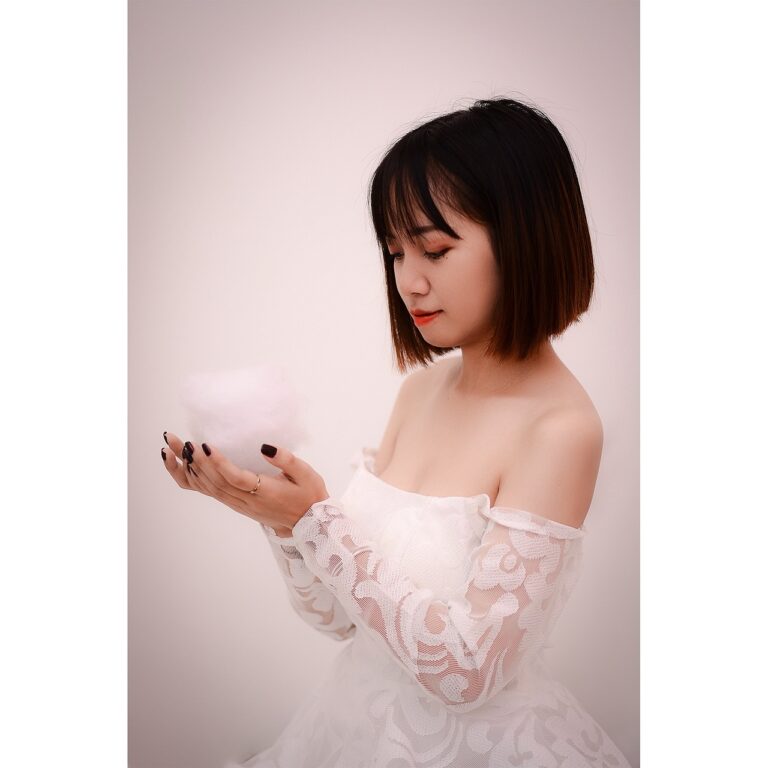The Influence of Art Movements on Fashion: From Impressionism to Abstract Expressionism
Art movements have long served as a well of inspiration for the world of fashion. From the soft pastel hues of Impressionism to the bold geometric shapes of Cubism, artists have influenced the way we dress in profound ways. Designers often look to these movements for innovative ideas, incorporating elements such as color schemes, textures, and patterns into their collections. The result is a dynamic interplay between art and fashion, bridging the gap between the canvas and the runway.
The impact of art movements on fashion extends beyond mere aesthetics. It reflects a cultural shift, a dialogue between the past and the present. By infusing garments with the essence of different art styles, designers not only pay homage to the artists who came before but also propel fashion forward into uncharted territories. In this way, art movements serve as a touchstone for creativity in the ever-evolving world of fashion.
Impressionism: A Stylish Influence on Fashion Trends
Impressionism, with its emphasis on light, movement, and color, has left a lasting impact on the world of fashion. Inspired by the works of artists like Monet and Renoir, designers have incorporated elements of Impressionist art into their creations, creating pieces that evoke a sense of whimsy and romance. Soft, pastel hues, delicate brushstroke patterns, and flowing silhouettes are just some of the ways in which the style of Impressionism has been translated into the realm of fashion.
The influence of Impressionism on fashion can be seen in the way fabrics are layered and draped, mimicking the sense of depth and movement seen in Impressionist paintings. Floral prints reminiscent of Monet’s water lilies and swirling designs reminiscent of Van Gogh’s starry night sky have become popular motifs in the world of high fashion. From the runway to the red carpet, the legacy of Impressionism lives on in the clothes we wear, blending art and fashion in a harmonious dance of creativity and expression.
Cubism: Breaking Fashion Norms with Geometric Designs
Cubism, a revolutionary art movement of the early 20th century led by artists such as Pablo Picasso and Georges Braque, had a profound impact on the fashion world. The sharp lines, geometric shapes, and fragmented forms characteristic of Cubist artworks inspired designers to break away from traditional silhouettes and experiment with asymmetrical designs in clothing. This shift towards more angular and abstract patterns in fashion challenged the established norms of beauty and aesthetics.
Designers like Sonia Delaunay and Fernand Léger embraced the Cubist principles of deconstruction and reconstruction in their creations, translating the movement’s innovative approach to form and space into wearable art. By incorporating bold geometric prints, angular cuts, and contrasting colors in their designs, these visionaries revolutionized the fashion industry and paved the way for future generations of designers to think outside the box. Cubism’s influence on fashion extended beyond just clothing, influencing accessories, textiles, and even hairstyles, demonstrating the enduring impact of this groundbreaking art movement on the way we dress and express ourselves.
• The sharp lines and geometric shapes of Cubist artworks inspired designers to experiment with asymmetrical designs
• Designers like Sonia Delaunay and Fernand Léger embraced Cubist principles in their creations
• Bold geometric prints, angular cuts, and contrasting colors revolutionized the fashion industry
• Cubism’s influence extended beyond clothing to accessories, textiles, and hairstyles
What is Cubism?
Cubism is an art movement that originated in the early 20th century, characterized by the use of geometric shapes and abstract forms.
How did Cubism influence fashion trends?
Cubism broke fashion norms by introducing geometric designs and patterns that were unconventional at the time, inspiring new and innovative approaches to clothing and accessories.
What are some key features of Cubist fashion?
Some key features of Cubist fashion include bold geometric patterns, asymmetrical designs, and the use of contrasting colors and shapes.
How can one incorporate Cubist fashion into their wardrobe?
One can incorporate Cubist fashion into their wardrobe by choosing pieces with geometric prints, experimenting with asymmetrical silhouettes, and mixing and matching colors and shapes in a creative way.
Is Cubist fashion still relevant today?
Yes, Cubist fashion continues to inspire designers and fashion enthusiasts today, with its bold and avant-garde approach to design.

